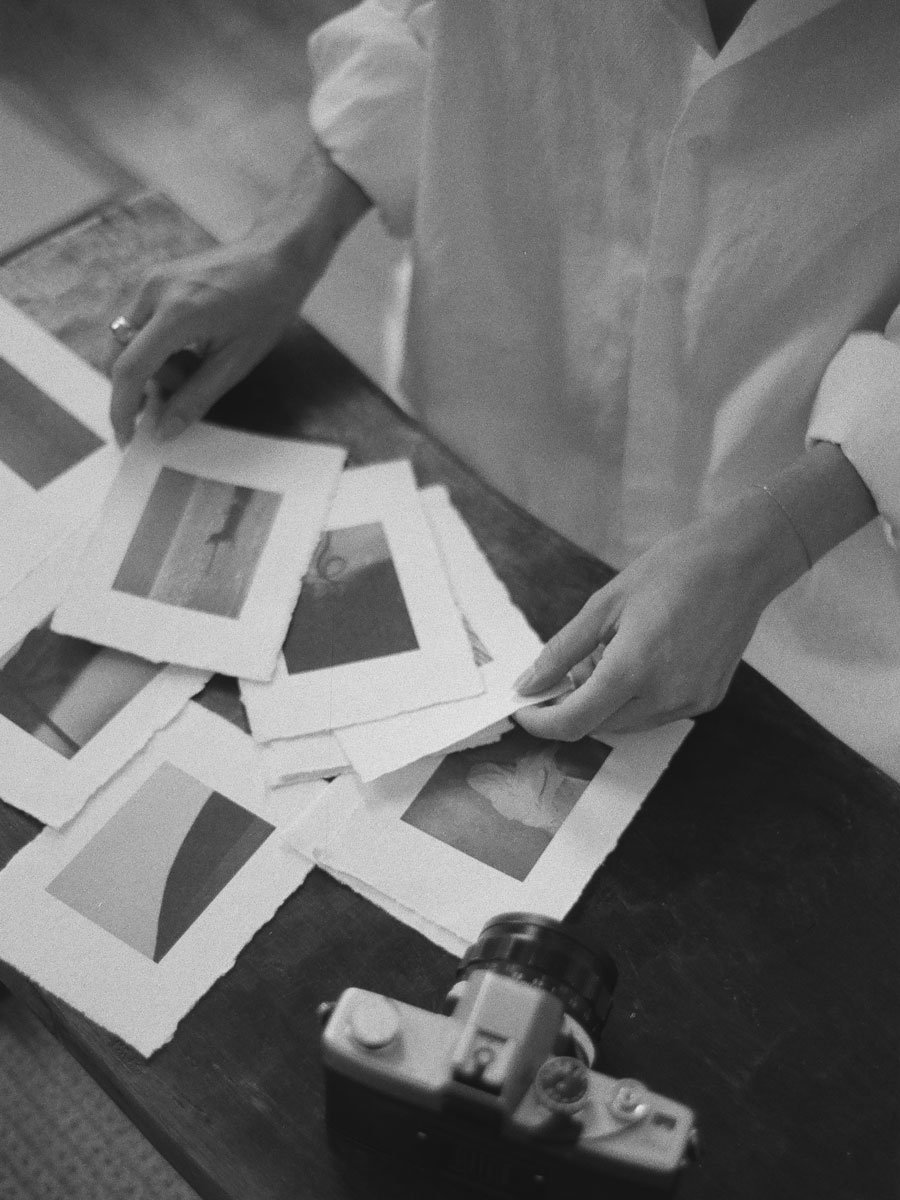Colour Guide: Uncover the Perfect Palette for Your Brand
It’s hard to know where to start when trying to choose the right colour palette for your brand. Should you lean on personal preference? Or should you consider what’s trending? What the competition is doing? What your audience wants?
There is even an entire psychology surrounding the power of colour. From impacting emotion, to resurrecting memories, to inspiring a vision, it can transport audiences to a completely new headspace. In fact, each primary colour has been proven to elicit specific emotional reactions. How incredible is that? Red brings about excitement and energy. Yellow elicits feelings of optimism and positivity. And, blue stands for stability, harmony and calm.
So, how do you accurately leverage the power of colour when choosing the right pantones for your brand? The below steps can help you get started.
1. Do your homework
We know, it’s hard to make time to do research. First, take a look at each of your key competitors and get to know how they utilize colour. What colours and combinations are they each using?
Then, look at the competitive set together as a whole. Take your competitors’ logos and colour palettes and line them up together. Look at them as you would look at a brand’s Instagram presence. Do you see a pattern? Similarities? Vast differences? Is it a sea of sameness? Is there white space for you? By doing this, you can start to decide whether you should follow suit or try to break through the clutter.
2. Shift your perspective
Next, look to your audience. What are they like? What brands do they flock to? And, what is it about those brand that makes them “flock”? Is it something visual? Do they lean toward brands that have a softness to them? An edge? Do they have expectations for brands in your space? Do you need to portray confidence? Compassion? Excitement? Shift your perspective to view the brand through the lens of your audience and try to think about how they would like to see it come to life.
3. Get reacquainted with yourself
Your brand is everything. So, make sure you know it inside and out. Consider asking yourself the following questions:
Do you have a brand personality? If so, what is it?
Which of your brand traits tend to appeal most to your audience?
Do you have adjectives that represent your brand best?
What is the message that you most want to convey?
What brand virtues do you want to bring to life?
Jot down the answers to these questions so that you have them handy as you get into choosing colours. You can use your responses as a mini-checks and balances system to make sure that your choices align.
4. Get inspired
Now the fun begins. Do you have looks that you love? If so, hold them dear and share them with your designer. If not, go out and find a few. Start gathering logos and design work that speak to you and, more importantly, that speak to your audience.
And, don’t be afraid to think outside of the box. Your inspiration doesn’t have to come from design work - think more broadly. Your inspiration could be found in just about anything – you could start with architecture, art, pop culture or even nature.
5. Create a mood board
Once you have some ideas about the emotions that you want to evoke, and the look and feel that will accomplish that, start to bring it all together. And do it in a way that will help you visualize it best.
You could go old school and literally create a collage. You could simply pull some digital images into a file. You could even use a quick and easy mood board tool, like Canva. The easiest way to put together a quick mood board, IMO, however? Just use Pinterest. You can create a board and share it with your designer or others to get feedback or provide insight. And, it’s all in one place to revisit as needed.
6. Test colour combinations
So, you have your inspiration, you have your brand and you know enough about your audience and competition to be dangerous. Now, you need to put it all together.
Start playing with colour combinations. And, if you’re working with a designer, he/she is likely already doing just that and will have some options to share with you. Their mock-ups should be derived from the look/feel of your mood board and other intel you’ve given them.
7. Take the leap
Congratulations - you’re ready to finalize your brand’s colour palette! Now, you can apply it to your website and social properties with a look and feel that is unique to your brand and attractive to your ideal audience.
—
Designing a brand and choosing colours are not easy tasks, but with these simple steps, you can streamline your approach and uncover the perfect color palette for your brand. And, if you need help from a designer along the way, we can offer guidance. Colour is our business!

